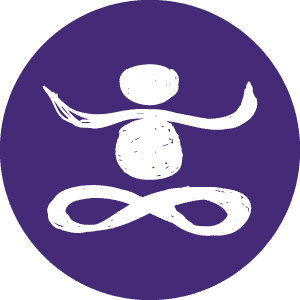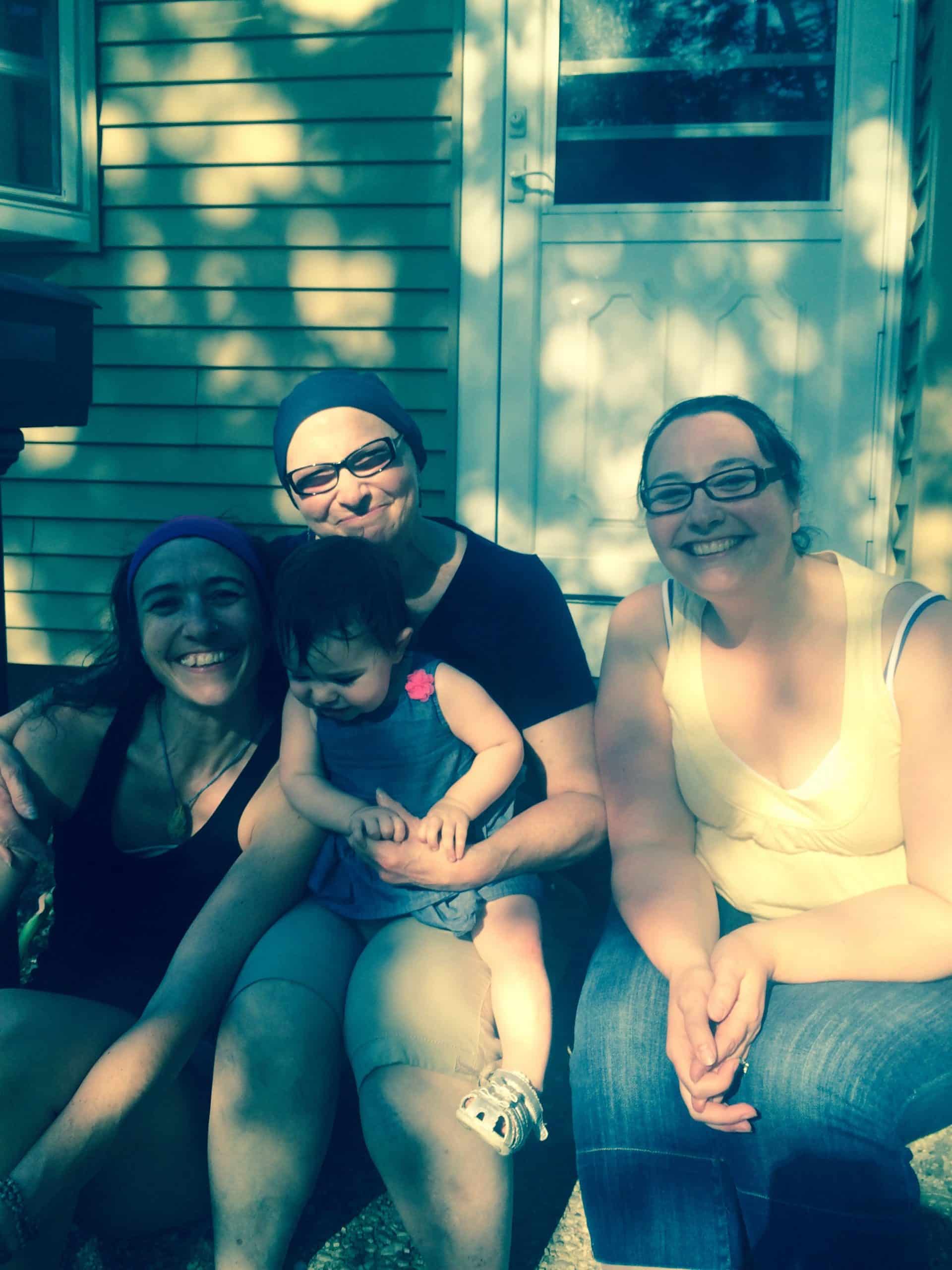Refuge at home
Refuge can be synonymous with home. Home can be a place, it can also describe a feeling. It is where we know we belong. It is where we are safe.
Refuge… this is what we all need. All beings need a safe space to rest. We need to let down our guard, relax, and trust that we are in the right place. All beings seek this in friends, in nature, in activity… we find it there and, most importantly, inside of ourselves.
In yoga, we practice finding refuge in the practice itself. With a balance between discipline and flexibility, we create and connect with recognizable rhythms that encourage our presence and persistence.
We practice looking at ourselves reflected in the world around us and we practice seeing the world reflected in us. We realize how truly interconnected we are and how much our practice matters.
Today’s post is a reflection on mindfulness at home.
Home is where the heart is. It’s also where a lot of the unfinished projects are, where the chores are and, at least for as long as the pandemic looms, it’s where most of us are!
Home is where we are most likely to see ourselves most clearly reflected… our style, our creativity, our memories and also our messes. It is where we are most likely to laugh, to cry, to lose our temper and just let go. It’s where the most treasured, vulnerable versions of ourselves can climb out of their shells and dance and sing and squeal and mope and wear mismatched clothes and lay on the couch and let crumbs fall into our laps.
Whether it’s for one day while in transit or for a whole lifetime, the space that you occupy is infused with your energy, and you are held within it.
When we bring mindfulness to the rhythms and routines at home we can see the whole world of possibility revealed. It is a balance between structure and flexibility that allows us to find poise and to cultivate presence.
Yoga at home.
In yoga, we practice acknowledging, exploring, and allowing for balance. We do this not only in the postures we practice on the mat but in the way we move through the day.
If you are disciplined by nature (check your closet), you might benefit from allowing for a little more flexibility in some parts of your routine. For example, you might have “exercise” time planned and a list for what you can do with that time: run, run/walk intervals, buddy up, indoor option – bike, workout video, yoga. This way, you’re less likely to either abandon the plan entirely or to completely ignore conditions that might demand adaptation. Either one could be injurious.
If you are more flexible by nature (also, check your closet), you might benefit from some more structure. A start and end time for activities, a list of priorities, a commitment to practice for a set period of time (a week or a month are good time frames to start with…) are all ways to do this.
As we move deeper into the season, we will all benefit from paying attention and bringing intention into our homes.
The list below is a good place to start.
We’ll be sharing more about each of these practices in the weeks leading up to Thanksgiving and in our Winter Solstice course. Click here to join us for a 10-day journey into the heart at home. Starting November 1… this fall intensive is freely offered to anyone who may benefit.
10 tips for a mindful home
1. Wake with the sun
Sleep outside when you can. Allow your body to wake slowly and awareness to linger in the stages of consciousness you find along the way. Keep a journal by your bed to jot down impressions.
2. Stand, stretch, sway and then be still
for a few moments several times throughout the day. Formalize practice when you are feeling quite refreshed by these little mindful movements throughout the day. Set a measure of time and stay with whatever arises: 5 minutes is a good start.
3. Make your bed
Gift yourself a clear pathway to a different state of mind by cycling fresh air through the sheets each morning. Feel the freshness at the start of the day and when slipping back into the sheets at its end.
4. Eat when hungry
Listen to your belly and watch for other indications that you need to be replenished. Learn to tell the difference between physical hunger and insatiable desire.
5. Clean your bowl
Clean up your mess. Rinse away the residue left by laziness, self-importance, or distractibility before it hardens; be your own best houseguest. This healthy habit supports good digestion.
6. Sweep the floor, clear the clutter
Let a simple rhythm soothe you, sort, let your gaze sweep from side to side, and relax your brain. See the effect of your effort and know that it will be needed again after some more life has been lived.
7. Do the wash
Cultivate curiosity about this routine task… consider the way you move and hold your body when you’re carrying and sorting clothes. Take care of stains and tears, see some of the impressions of your life.
8. Set a timer
When the weight of what is to be done has paralyzed your process, break it down to the numbers. Do you have 5 minutes you can spend on a task? 10? Set a timer and GO!
9. Let darkness come
Dim the lights, turn off devices, set a curfew and honor the delicate balance between dark and light. Balance exposure to bright light with darkness (perhaps just behind closed eyelids) during the day.
10. Sleep when tired
Allow yourself rest throughout the day, especially midday.
Go to bed.
Sing yourself a lullaby or recite a mantra or prayer to help downshift.







